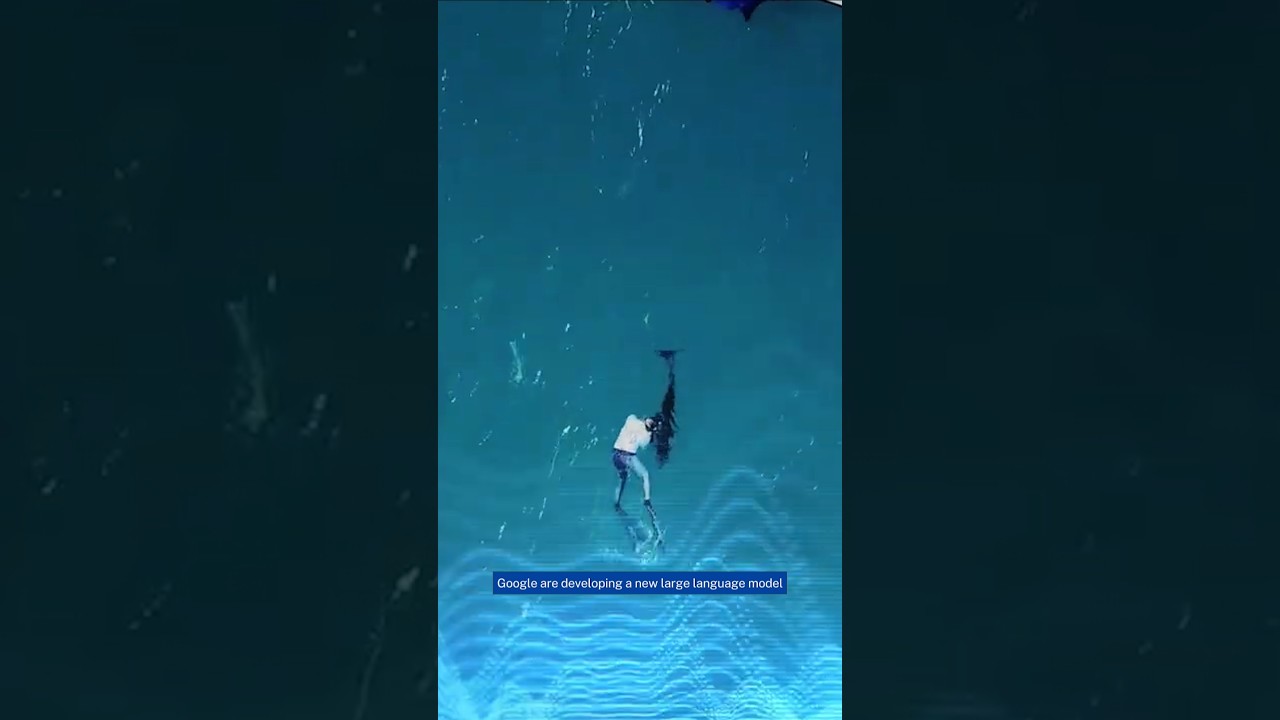The video highlights Google’s development of an AI system called Dolphin Gemma, designed to analyze and interpret dolphin vocalizations with the help of dolphin expert Dr. Denise Herszing’s extensive sound database. This innovative project aims to decode dolphin communication, potentially allowing humans to understand and speak dolphin language, thereby enhancing interspecies understanding and conservation efforts.
The video introduces an exciting development in artificial intelligence, highlighting a project that aims to bridge the communication gap between humans and dolphins. Researchers are working on a new AI system that could potentially enable us to understand and speak dolphin language. This innovative approach leverages advanced language models similar to those behind popular AI tools like ChatGPT and Google’s Gemini. The goal is to decode dolphin sounds and interpret their meanings, opening up new possibilities for interspecies communication.
Google is at the forefront of this project, developing a specialized large language model called Dolphin Gemma. This model is designed specifically to analyze dolphin vocalizations. To achieve this, Google has partnered with Dr. Denise Herszing, a dolphin scientist with over 40 years of experience studying dolphin sounds. Her extensive collection of dolphin vocalizations and her research into their possible meanings provide a valuable foundation for training the AI system.
Dr. Herszing’s long career has resulted in a vast database of dolphin sounds, which are being fed into the AI model along with her insights into what these sounds might signify. The AI analyzes this data to identify patterns, subtle nuances, and potential correlations that might be difficult for humans to detect unaided. This process aims to uncover the underlying language or communication system used by dolphins, which has remained largely a mystery until now.
The hope is that by applying this sophisticated AI analysis, scientists can gain a deeper understanding of dolphin communication. This could reveal what dolphins are talking about, their social interactions, emotions, and needs. Ultimately, the project aspires to develop a way for humans to understand dolphin sounds in real-time, effectively allowing us to “speak dolphin” and foster better interspecies understanding and conservation efforts.
In conclusion, this groundbreaking project represents a significant step toward interspecies communication through AI. While still in development, the potential to decode dolphin language could revolutionize our relationship with marine life. The idea of speaking to dolphins may sound like science fiction, but with advances in AI and collaboration with marine scientists, it could become a reality in the future, opening up new horizons for animal communication and conservation.
